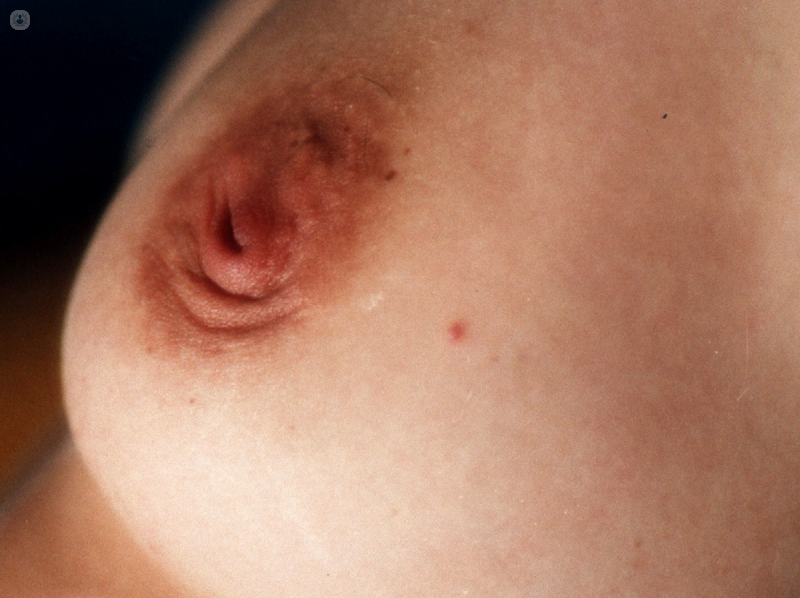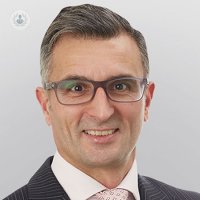Inverted nipples: what you need to know
Written by:An inverted nipple is a condition where the nipple dips inwards into the breast. Possible in men as well as women, they can cause distress due to the unusual aesthetic appearance and can cause worry about whether they will be problematic in breastfeeding. Leading plastic surgeon Mr Frederik Schreuder is here to answer these concerns.

It is estimated that up to 10% of women may have one or two inverted nipples. They are also not uncommon in men. Inverted nipples may be partially or intermittently inverted or completely inverted when there is minimal show of the nipple above the areola and loss of the nipple’s normal projection.
What causes inverted nipples?
In the majority of cases, nipple inversion is the result of fibrosis of the nipple and/or shortening of the lactiferous ducts that bring milk to the surface of the nipple. Fibrosis is thickened scar-like tissue that pulls the nipple under the surface of the areola.
The majority of causes of nipple inversion are developmental, occurring as women’s breasts develop in puberty. There are other causes of nipple inversion, but they are much less common. Nipple inversion that occurs in a nipple that was previously normal should be investigated. This can be a rare sign of breast cancer or pre-cancer.
Can I breastfeed with inverted nipples?
Many women are concerned about the ability to breastfeed with inverted nipples. Theoretically there is no reason why women with inverted nipples cannot breastfeed and breastfeeding can help the nipples to correct themselves naturally.

What can be done about inverted nipples?
There are a number of techniques that have been used to try and correct inverted nipples. These include suction devices, stretching techniques and piercings.
Surgery is another good option for nipple inversion correction. Surgery can often be performed under local anaesthetic as a minor operation. There are a number of different techniques but almost all involve making a cut on or around the nipple. There will always be a scar, but it usually heals well and is often not noticeable. Most surgical techniques will result in cutting through the lactiferous ducts and through the firm fibrous tissue in the nipple. Sutures are then used to correct the tissue. This does mean that the ability to breastfeed is compromised by surgery. This is a very important factor to consider for a young woman who is thinking about surgery, as there is a lot of pressure on new mothers to breastfeed. Potential problems include infection and bleeding and a small chance of recurrence of the nipple inversion in the future.
Click here to find an inverted nipple specialist in your area.


